|
Travel back in time with a trip on the 444-mile long Natchez Trace Parkway. This All-American Road travels from Natchez, Mississippi to Nashville, Tennessee and clips the northwestern corner of Alabama along the way.
The Parkway was a long time coming; it officially opened in 2005 after being under construction and planning for 67 years! President Franklin D. Roosevelt signed the Natchez Trace Parkway into law on May 18, 1938, establishing it as a unit of the National Park System, and officially protecting this historically significant highway of the Old Southwest. There are seven segments of the Old Trace that are listed on the National Register of Historic Places. This scenic drive roughly follows and commemorates the historic Old Natchez Trace and is jam-packed with over 10,000 years of history! Along the way, you can hike preserved sections of the Old Trace, read historical markers telling the stories of the people back in the day, see historical buildings, Indian ceremonial, and burial mounds, breathtaking scenic overlooks; there are rivers, lakes, swamps, picnic areas, hiking trails, and campgrounds. It’s not a road you can drive in a day or even a week if you wish to see it all. This is a pleasant, leisurely drive through beautiful country with a maximum speed limit of 50mph. Relax, take your time, and enjoy the drive. A Brief History of the Natchez Trace
The Trace began as a series of random Indian trails that connected the Natchez, Mississippi area to what would eventually become Nashville, Tennessee. Animals created the first corridor traveling from the Mississippi River to the salt licks in the Nashville area. When the Indians came along, they followed these same trails when hunting those animals for food.
By the early 1800s, these trails had evolved into America’s first National Road, linking what were now two bustling hubs of commerce. While it was easy enough to build makeshift flatboats to float goods down the Mississippi River, once there it was impossible to fight the current coming back upstream. Keep in mind this was the era before steam power. The boatmen's AKA Kaintucks solution was to scrap their boats in Natchez, sell the lumber along with everything else and walk home along the Trace. In addition to the Kaintucks traffic, the road was used for troop movements, a postal service, and general travel between the two frontier towns. By this point, these Indian paths were so highly traveled that there were deep gullies worn into the ground. Some of this Sunken Trace is as much as 30 foot below the land around it! It was quite dangerous, fraught with bandits and angry Indians that preyed on the now wealthy Kaintucks flush from selling their goods. There were also, mosquitoes, poison ivy, and poisonous snakes that thrived in the swampier areas. Those swamps made for deep mud that could be found along much of the trail, as well. The Trace was by no means an easy road; it took these travelers about six weeks to travel on foot or four weeks by horse. By the 1820s, the invention of the steamboat had come to the Mississippi River and travel on the Natchez Trace all but stopped. You would think that with this being a national road it would still see traffic. However, newer and better roads were being built. By 1830, Jackson’s Military Road between Columbia, Tennessee, and Madison, Louisiana was completed. In 1840, Robinson Road that ran between Columbus and Jackson was in use. Eventually, the railroads came along, offering even better and faster alternatives than traveling the Natchez Trace. The Trace was all, but forgotten.
This is Part 2 of a 3 part post, you may also be interested in reading:
Part 1: Top of the Trace: The Natchez Trace Parkway - Tennessee and Alabama Part 3: Bottom of the Trace: The Natchez Trace Parkway - Bottom Half of Mississippi
The Mississippi portion of the Natchez Trace Parkway is 308.8 miles long. I have divided Mississippi approximately in half, this post covers the Northern section of the Mississippi Trace from milepost #308 to #160.
When traveling the Natchez Trace Parkway the milepost markers will be found on the east side of the road. I am traveling The Trace backward counting down the mile-markers. For your own trip planning, you can download Natchez Trace Maps here. Copies of the Official Natchez Trace Map can easily be found along the Parkway, as well. Please don’t travel the Trace without one, you will miss so much. Part 2 of the Natchez Trace Parkway Scenic Drive
|
|
This area was once the home of the Chickasaw Tribe. The park is named for the Chickasaw Chief Tishomingo, one of the last full-blooded Chickasaw Chiefs. Pronounced “Tishu-minko” his name means assistant-king since he was second in power to the Minko or hereditary king. Tishomingo served under Andrew Jackson during the War of 1812. He died at approximately 100 years old on the Trail of Tears.
|
One of the park’s historic exhibits is a restored 1840s log cabin set in a wooded area with a boulder-strewn brook and outdoor well.
The Swinging Bridge, another popular landmark, is a 200-foot long swinging bridge across Bear Creek.
#286.7 - Pharr Mounds
#269.4 - Old Trace & 13 Confederate Gravesites
We will never know.
#259.7 - Tupelo National Battlefield
|
You will have to leave the trace if you wish to see the Tupelo National Battlefield. There is not a lot to see here, just the memorial. This memorial commemorates the Civil War Battle of Tupelo AKA the Battle of Harrisburg fought on July 14 and 15, 1864. It was a Union victory that ensured the safety of Sherman’s supply lines during the Atlanta Campaign. |
As a side note...
Tupelo is the Birthplace of Elvis.
If you are visiting the Battlefield, you might want to spend a day or two checking out the Elvis Presley sites, too.
#232.4 Bynum Mounds
#193.1 - Jeff Busby
The park is mainly a camping and picnic area with a scenic overlook at the top of Little Mountain. You can drive or hike to the top of Little Mountain. At 603 feet high, it is one of the highest points in the state, on a clear day you can see about 20 miles.
#180.7 - French Camp
|
In 1812, Lewis LeFleur opened a stand about 900 feet northeast of the Natchez Trace. LeFleur married a Choctaw woman and had a son. The son changed his last name to Leflore. Greenwood Leflore became famous for being a Choctaw chief and a Mississippi State Senator. The city of Greenwood and the county of Leflore were named after him. |
Today, French Camp is the home to a Christian school, the French Camp Academy. They run the French Camp Historic Village and the French Camp Bed and Breakfast here.
The French Camp Village is an official tourist attraction along the Natchez Trace Parkway. They have several historic buildings including the Colonel James Drane House, LeFlore Carriage House, and a Blacksmith Shop. The Village is open to the public Monday through Saturday from 9 to 5.
The house is one of only a few antebellum structures left in the county. Constructed between 1846-48 with a water saw; it has wooden pegs and square nails. The house was placed on the National Register of Historic Places in 1983 because the design is highly significant in the architectural history of Mississippi. Architecturally it is described as a well-preserved wood-frame single-galleried I-house with a seven-bay façade and an open dogtrot on the lower story; it is an example of the blending of folk architecture with sophisticated ornamentation borrowed from the east coast.
|
Take the time to check out the wildlife along the way, they may be just as curious about you!
You may also be interested in these posts: Top of the Trace: Natchez Trace Parkway - Tennessee and Alabama |
|
About the Photographer
Susan Rissi Tregoning is the 8th photographer in the past four generations of professional photographers in her family. After a long career as an art buyer and interior designer, she put her career on hold in 2006 to travel with her husband and his job. In the process she found her “roots” again, developing a photography obsession far beyond casual snapshots that evolved into a desire to capture every location and object as “art.” By meshing her two loves, photography and design, she has come full circle. Only now, she is creating art instead of just purchasing it. |
See anything you like? Susan's work is available for purchase here: The Gallery.
All images in the her collection are available as wall art, fine art prints, on home decor, gift items and apparel.
Leave a Reply.
Author
I am the 8th photographer in 4 generations of my family. Back in 2006, my husband accepted a job traveling, and I jumped at the chance to go with him.
I blog about long scenic drives and places that I find interesting around the United States.
Categories
All
Alabama
A Travelers Musings
Hawaii
Illinois
Indiana
Iowa
Louisiana
Maryland
Michigan
Minnesota
Mississippi
Missouri
Nebraska
New Mexico
North Carolina
Pennsylvania
South Dakota
Tennessee
Texas
Virginia
Washington DC
West Virginia
Wildlife
Wisconsin
Wyoming
Archives
June 2024
April 2024
January 2024
December 2023
November 2023
October 2023
June 2023
April 2023
February 2023
September 2022
June 2022
April 2022
January 2022
November 2021
August 2021
July 2021
June 2021
February 2021
December 2020
February 2020
June 2019
May 2019
April 2019
February 2019
November 2018
October 2018
September 2018
May 2018
April 2018
March 2018
February 2018
January 2018
March 2017
January 2017
This website uses marketing and tracking technologies. Opting out of this will opt you out of all cookies, except for those needed to run the website. Note that some products may not work as well without tracking cookies.
Opt Out of Cookies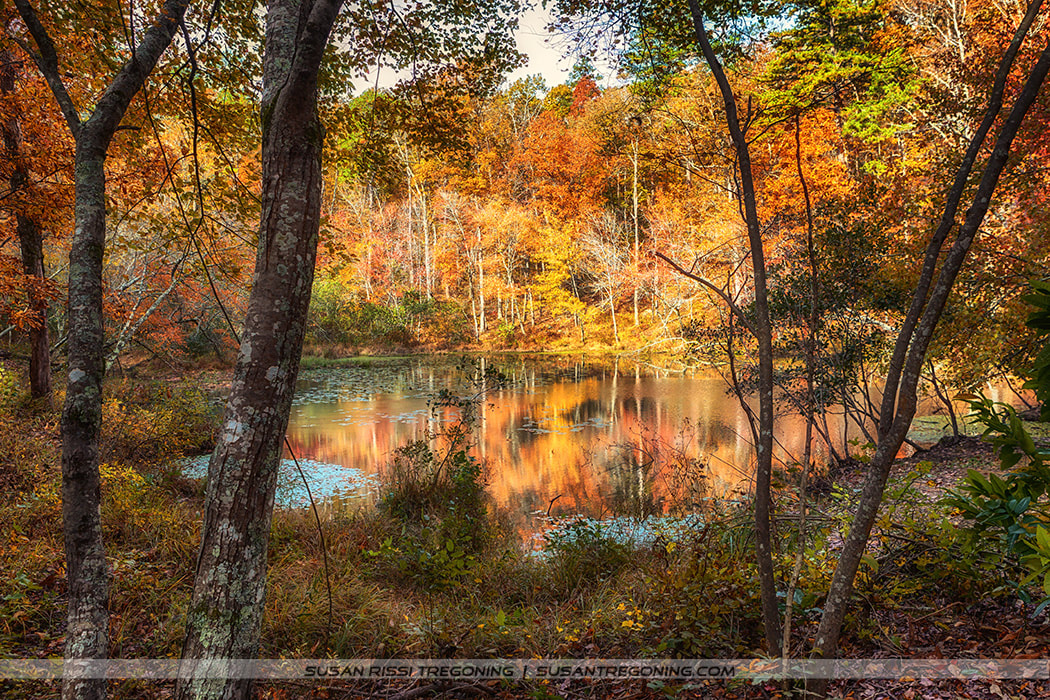
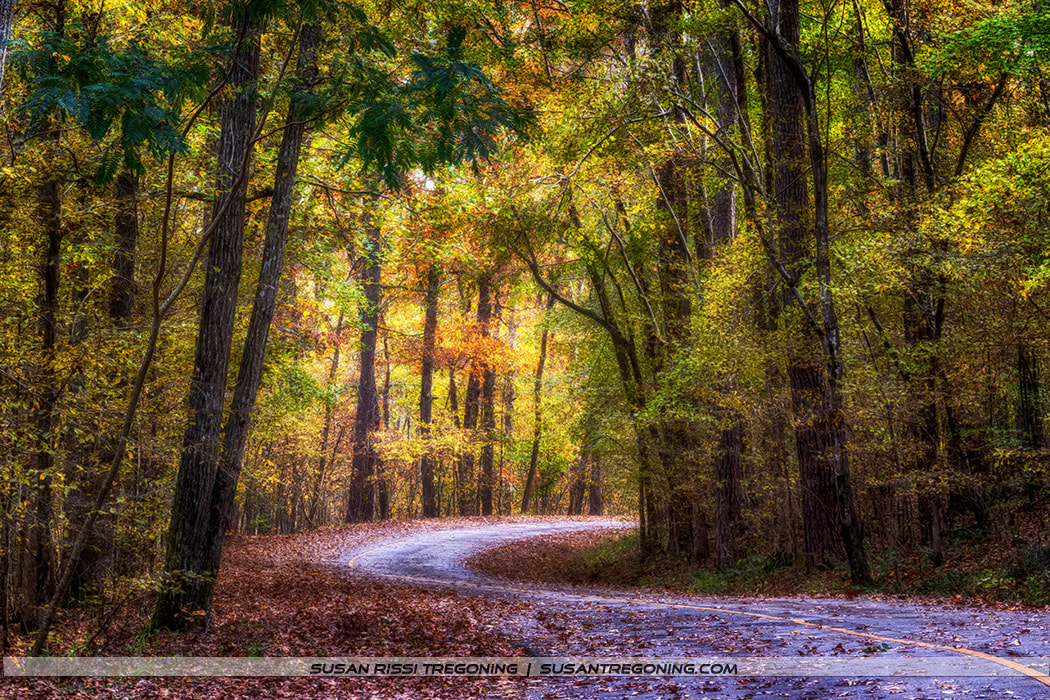
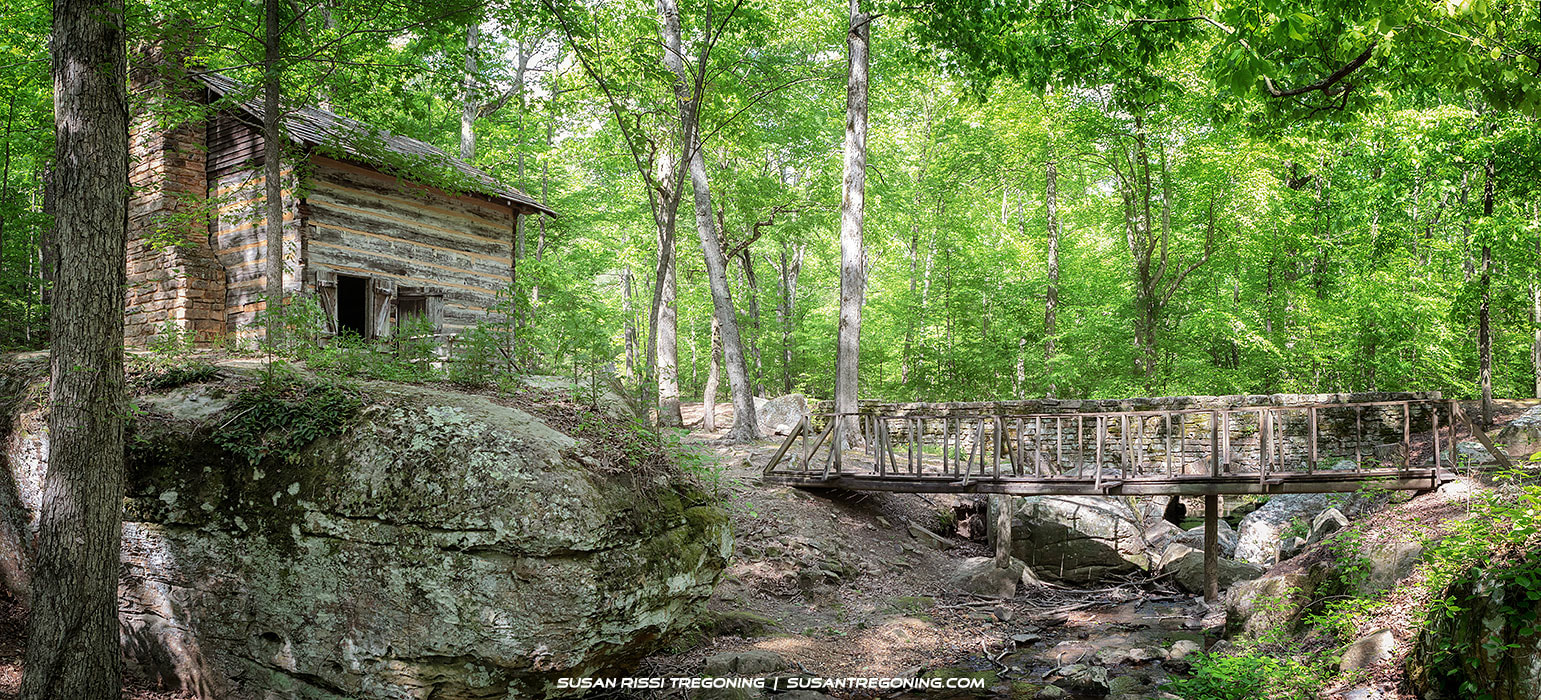
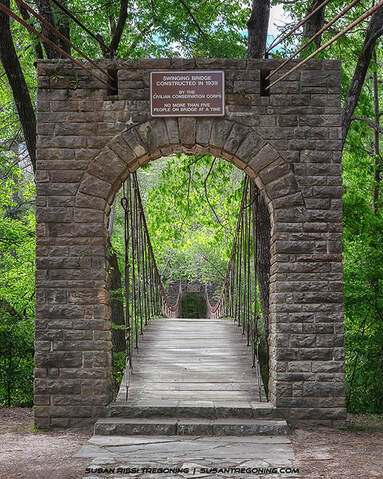
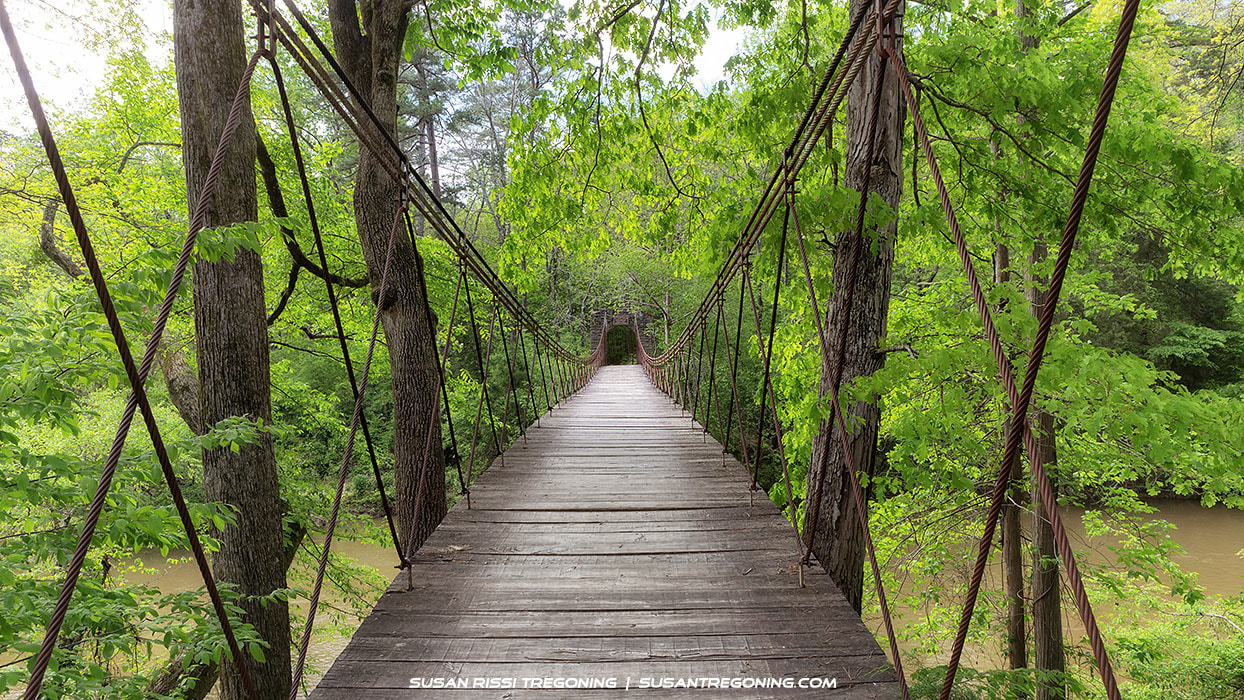
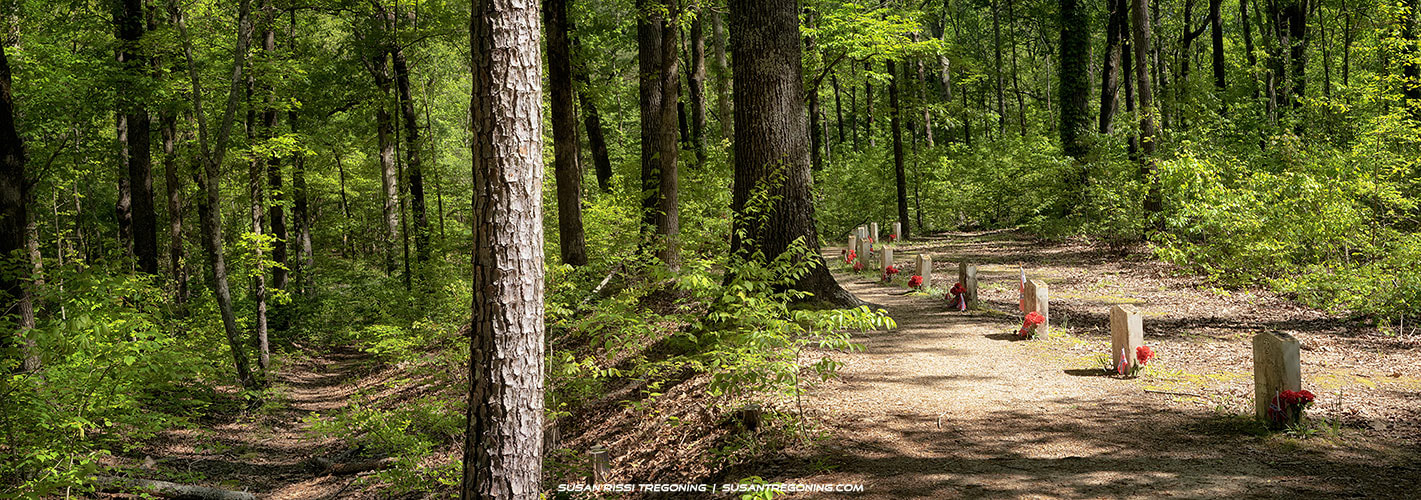
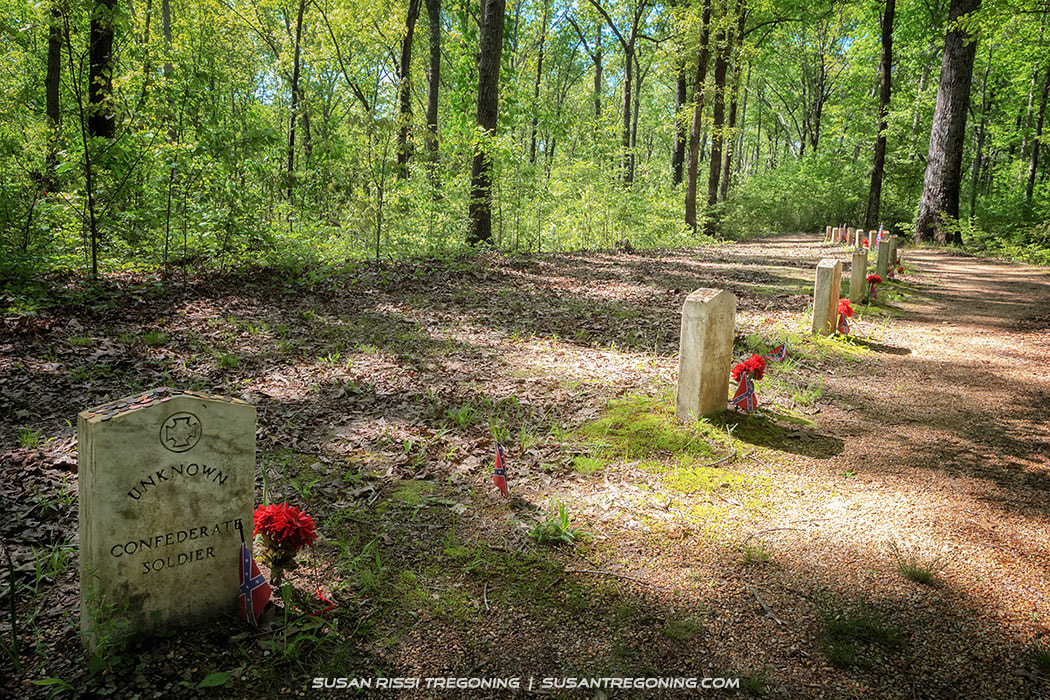

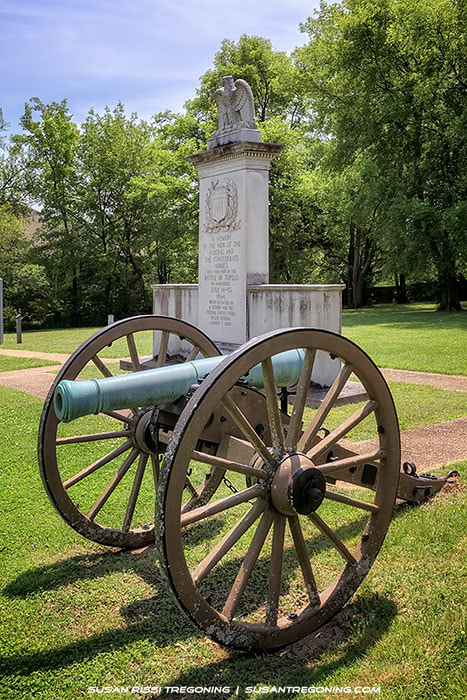
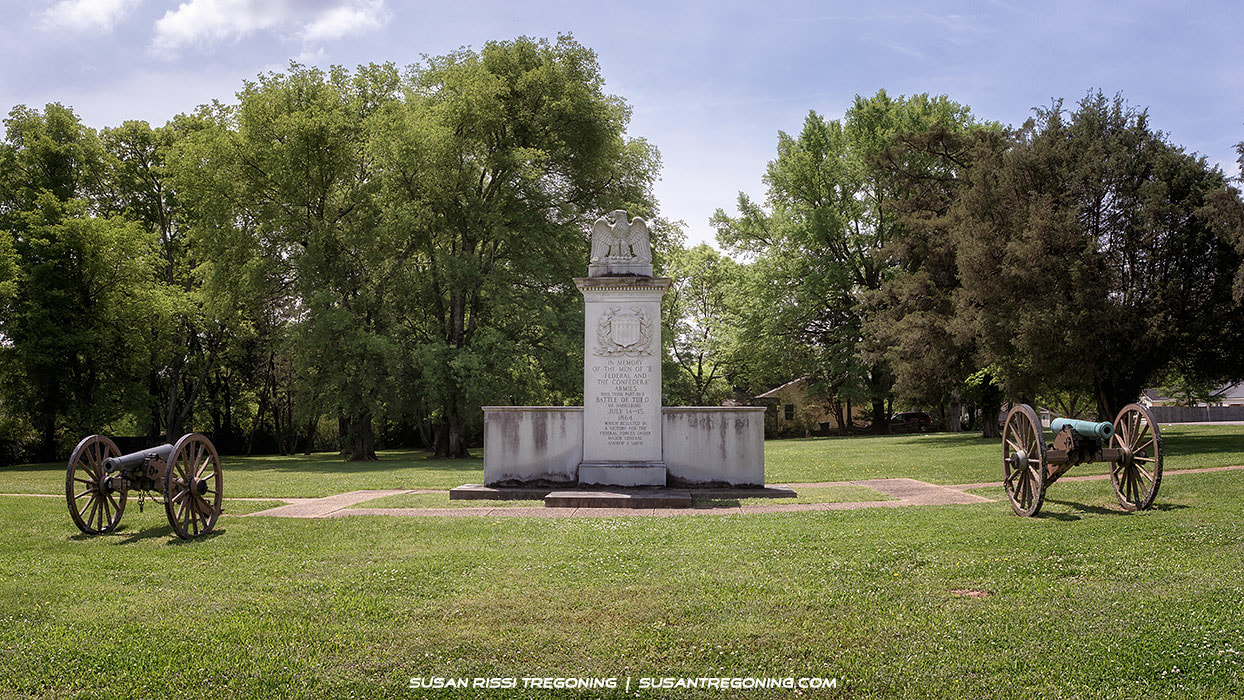
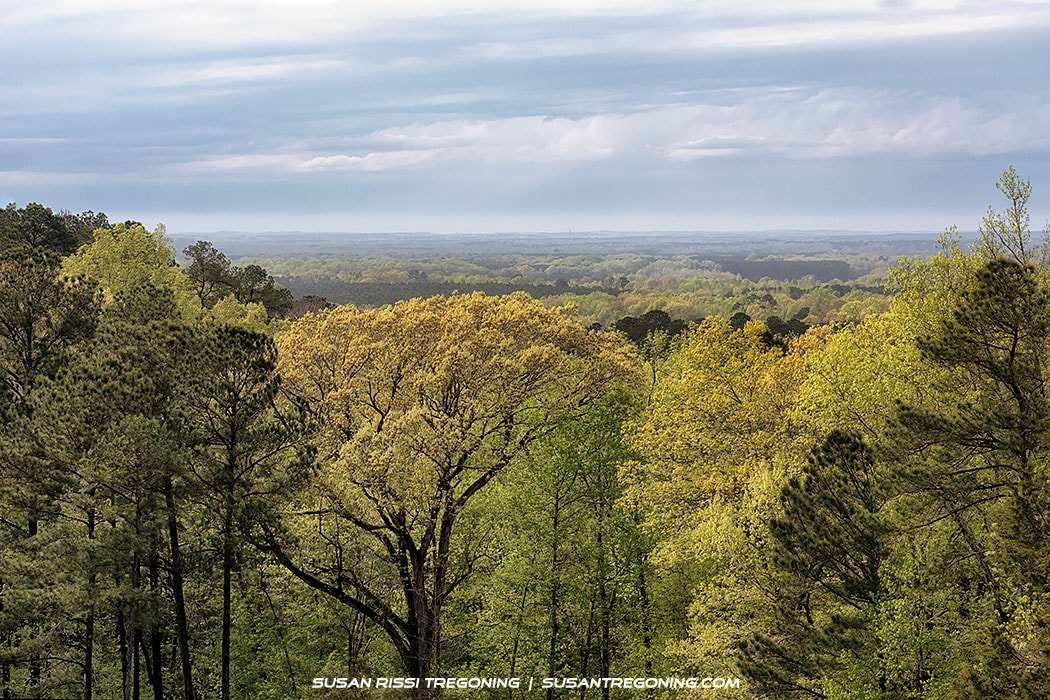

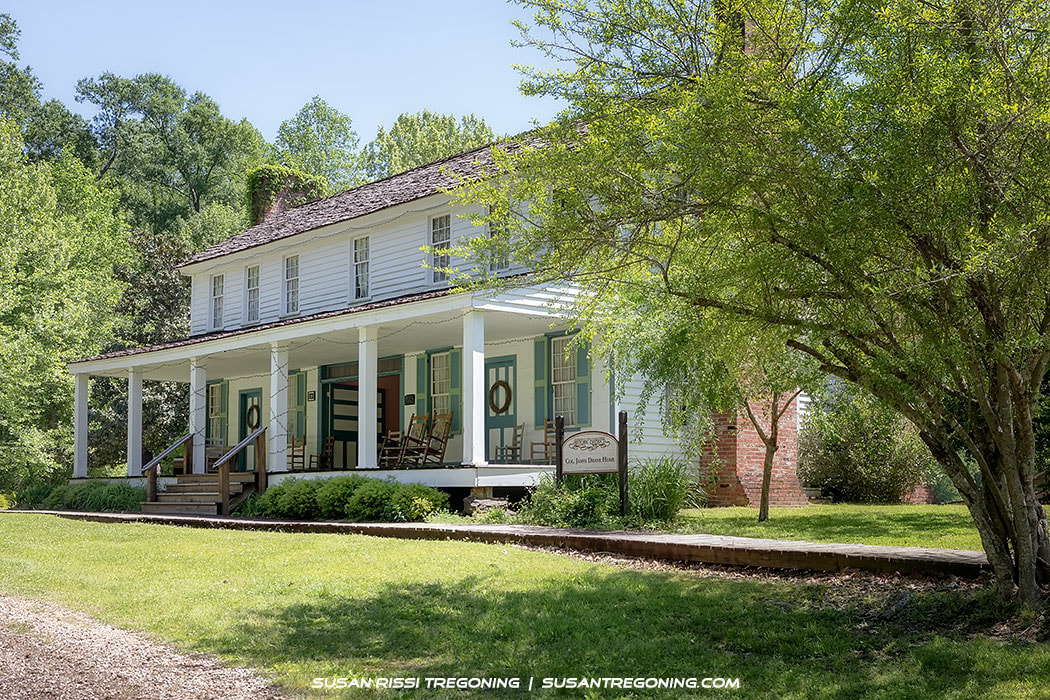
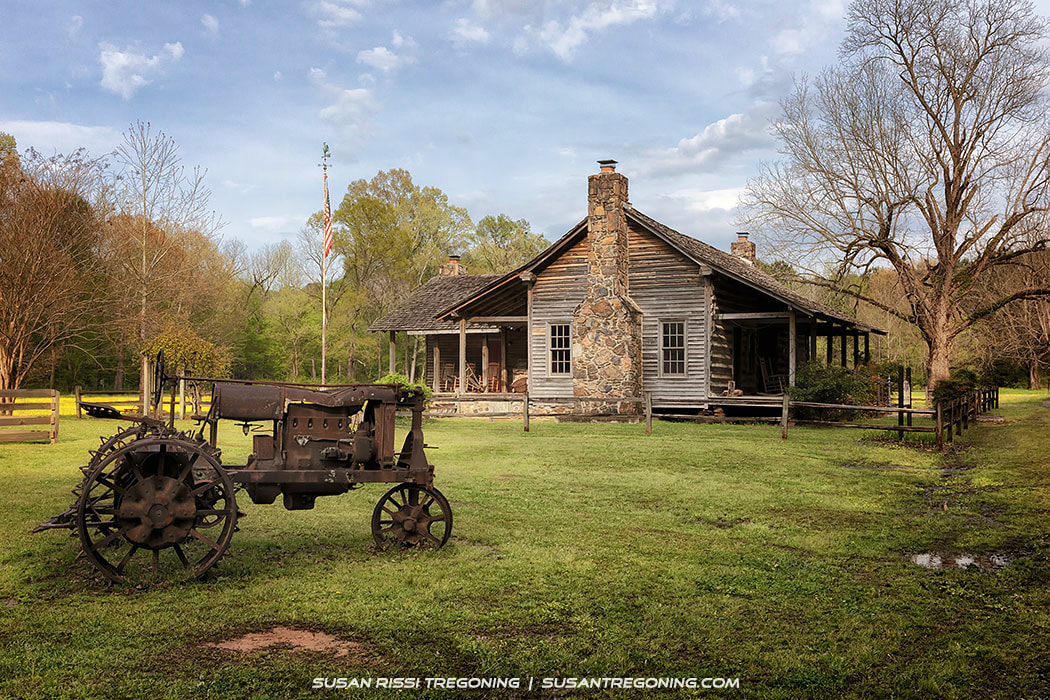
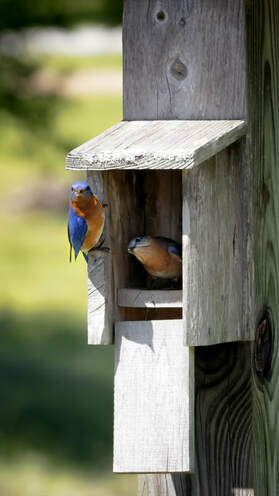


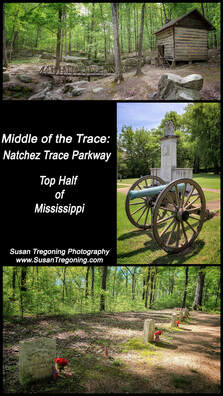
 RSS Feed
RSS Feed